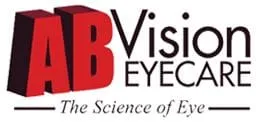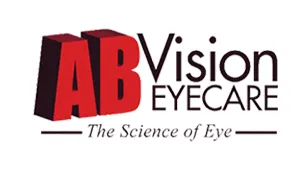In order for your eyes to focus normally, six muscles around each eye must work together. When your two eyes see different images, your brain tends to favor the stronger eye. This means the weak eye gets weaker, resulting in amblyopia, or “lazy eye.” Risk factors for developing strabismus may include
Read more-
Strabismus Causes and Treatment
Category: We Can Help With, Adult Strabismus
-
Post-Concussive Vision Syndrome
Category: Visual Rehabilitation
More than 300,000 sports-related concussions occur each year, according to research. Many more concussions result from motor vehicle accidents, falls, and other non-sports related incidents. In addition to causing cognitive difficulties, concussions may result in a cluster of problems called post-concussive
Read more -
Special Needs
Category: Visual Rehabilitation
The cognitive differences of special needs children and adults are well-documented, but vision issues often receive less attention. People with special needs have the same range of vision issues as their neurotypical counterparts; however, these vision problems occur at a much higher rate in special
Read more -
Traumatic Injury
Category: Visual Rehabilitation
Accurate vision involves much more than good eye health. The brain integrates signals from the eyes with information from the motor, balance, and auditory systems to create an accurate view of the world. Following traumatic injury, one or more components of this complex system may be damaged. Receiving
Read more -
Balance Board
Category: Vision Therapy Programs
The brain and the eyes work together to create a visual experience. On one hand, the eyes send signals to the brain, which allows it to translate that data into visuals; on the other, the brain sends signals to the muscles attached to each eye, controlling their movements. If anything disrupts these
Read more -
Corrective Lenses
Category: Vision Therapy Programs
Corrective lenses are used to correct deviations, adjust focal points or neutralize other anomalies that impact the eyes’ ability to focus an image on the retina. To do this, the lenses must be the correct type and of the right power. Strength – which is expressed as diopeters – relies on the material
Read more -
Training Devices
Category: Vision Therapy Programs
Visual-motor-sensory integration training uses various devices to appeal to a person’s senses, including touch, sound and smell. This type of therapy is particularly useful in children with autism. Devices may include play dough, rubber toys, weighted bells and blankets, water, rice, sand, beans, musical
Read more -
Cawthorne-Cooksey Exercises
Category: Vision Therapy Programs
These exercises are mainly used at home and range from simple head and eye movements to performing more complex activities like throwing a ball or focusing on a stationary object while the head is moving. While moving one’s head and tossing a ball sounds easy enough, they are not simple tasks for persons
Read more
Contact Us
We look forward to hearing from you
Hours of Operation
Our Regular Schedule
10:00 am - 5:00 pm
10:00 am - 5:00 pm
10:00 am - 5:00 pm
10:00 am - 5:00 pm
10:00 am - 5:00 pm
10:00 am - 4:00 pm
Closed
Locations
Find us on the map
Kingston
Springs Plaza Shop 4B 15 C Constant Spring Rd
Kingston, Jamaica 10

